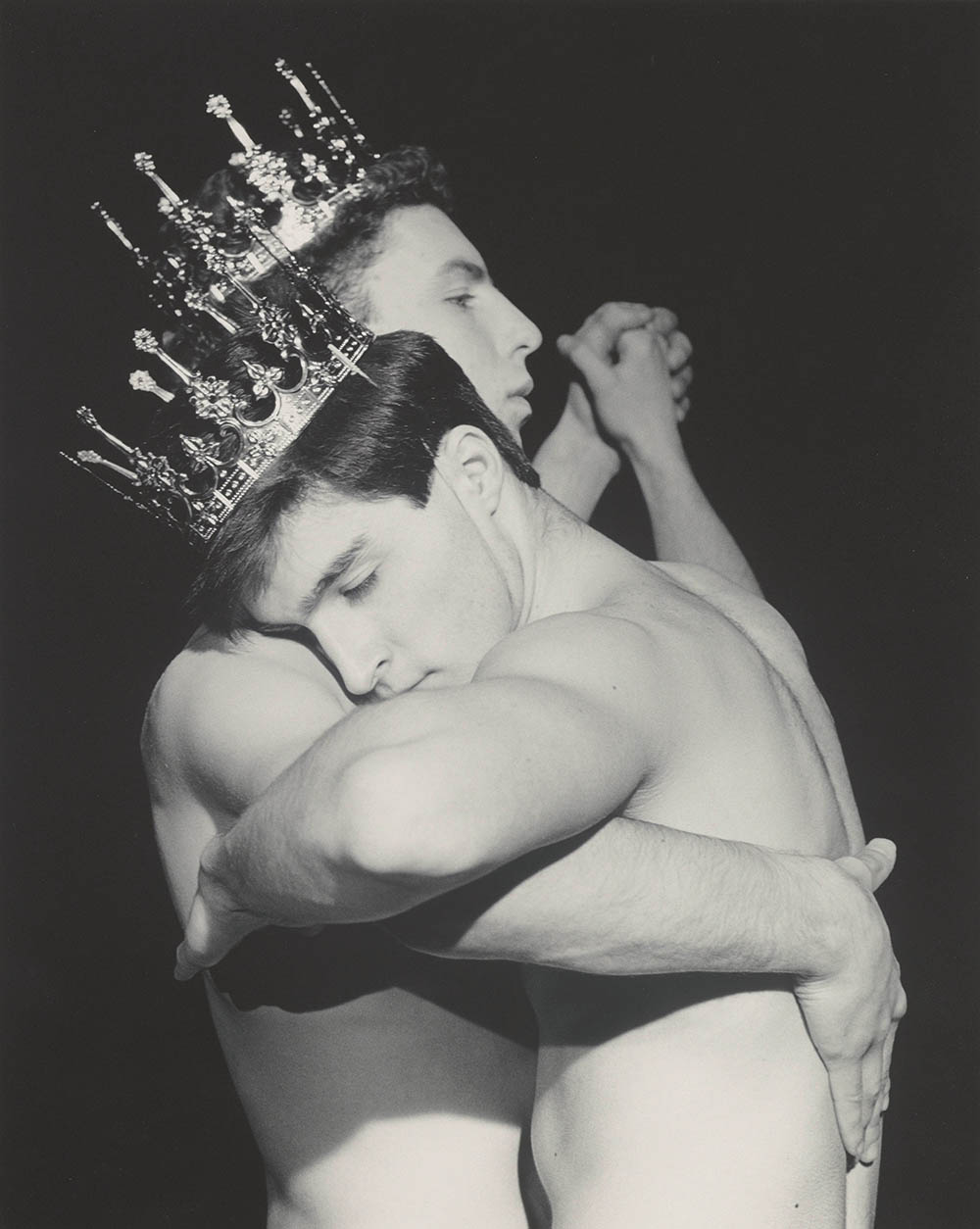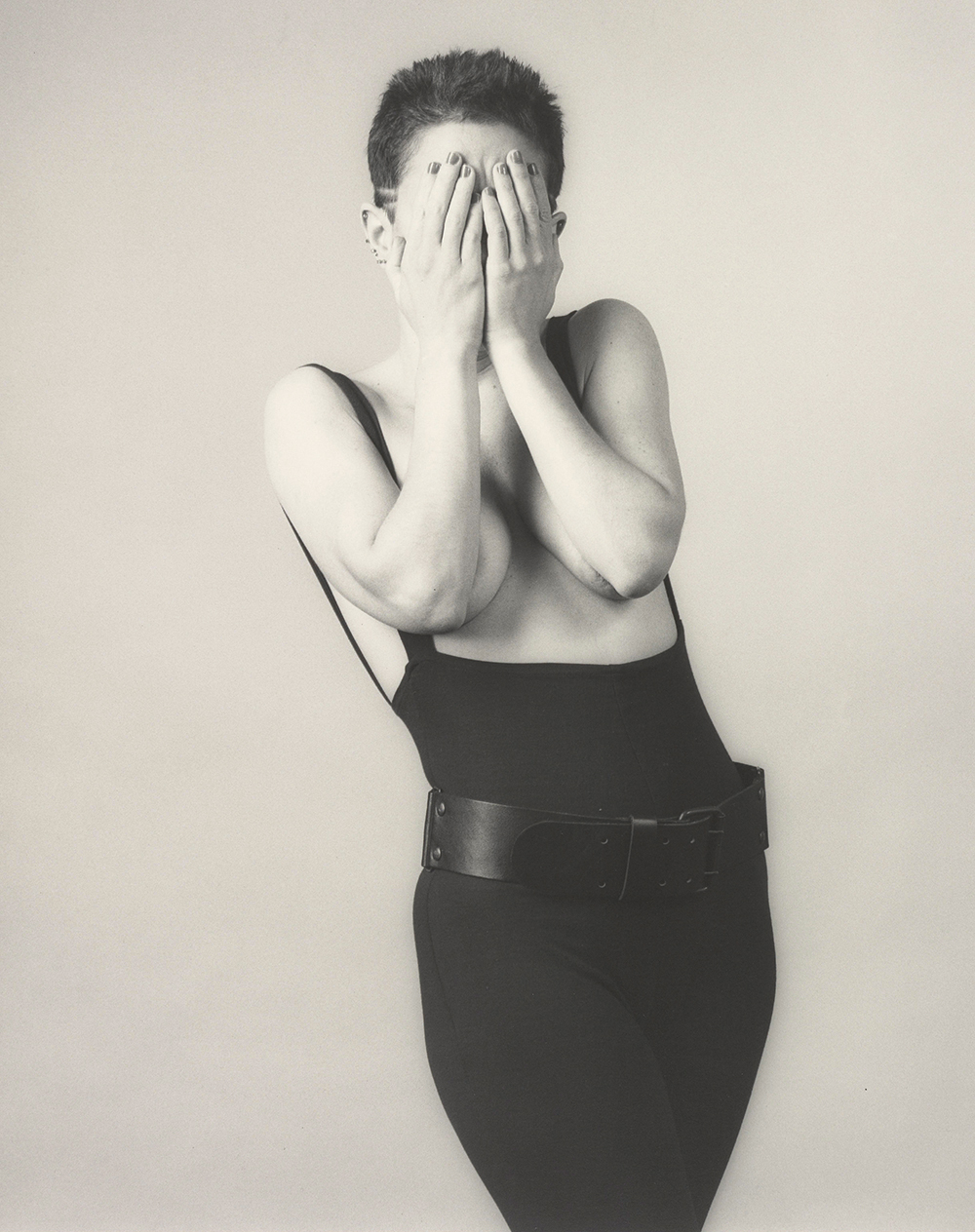ROBERT MAPPLETHORPE

The groundbreaking photographer Robert Mapplethorpe continued to push the limits of contemporary photography until his untimely death in 1989 at the age of 43. This summer, thanks to a joint exhibit held at two venerable museums in LA until July 31st, even those most familiar with Mapplethorpe’s provocative images may see his work in a new light.
Titled Robert Mapplethorpe: The Perfect Medium, it’s a detailed and thorough retrospective set in the City of Angels: West of the 405, the Getty Center presents the story of Robert Mapplethorpe exclusively through a finely curated selection of black and white prints taken from the 1970s and 1980s, including his controversial “X Portfolio”. To the east, the LACMA presents additional photographs from the artist’s oeuvre, in addition to seldom-seen work including colorful drawings, small to large scale sculptures, and even behind-the-scenes video footage. Collectively, it’s an important exhibit that showcases the breadth of Mapplethorpe’s diverse work made possible when both institutions acquired a significant portion of the artist’s art and archives in 2011. Following its launch in Los Angeles, the exhibit will travel internationally to the Montreal Museum of Fine Arts in Montreal, Canada later this year, followed by the the Art Gallery of New South Wales in Sydney, Australia.
The LACMA opens its exhibit with a quote from Mapplethorpe in 1988, one year before his death. It says “Perfection means you don’t question anything about the photograph.” The collection of photographs shown in the opening gallery highlight Mapplethorpe’s male-centric figure studies in the 1970s – some depicting friends, others of lovers.

Unapologetically focused, his early pictures document the gay community found in the New York, San Francisco, London, and Paris leather bars. One gets a more intimate look at Mapplethorpe’s childhood influences and through his education at the Pratt Institute of Brooklyn in the next collection of works in the “Art/Identity” portion of the exhibit. Here, rarely-seen drawings, collages, and sculptures from 1965 to 1975 are exhibited which touch upon Mapplethorpe’s fascination with Catholic iconography. “I was a Catholic boy, I went to church every Sunday. A church has a certain magic and mystery for a child. It still shows in how I arrange things. It’s always little altars.”
The exhibit then focuses on Mapplethorpe’s experimentations with Polaroid photography in the 1970s, covers his important and influential relationship with Samuel J. Wagstaff Jr., and his entrée into the innermost circles of the art world in the “Camera/Career” segment of the exhibit. Here, you’ll find iconic portraits of Patti Smith, Andrew Warhol, and Deborah Harry. Perhaps the most challenging part of the exhibit, “Sex/Success” outlines the span between 1973 and 1980 when Mapplethorpe created his “sex pictures.” This series of images presents Mapplethorpe at his most raw. Mapplethorpe is quoted as saying, “For me, S&M means sex and magic, not sadomasochism. It was all about Trust.” Wrapping up the exhibit is a study of female bodybuilder Lisa Lyon and an entire wall featuring Mapplethorpe’s beautiful floral still life prints – a poignant way to end an exhibit that sought to embody perfection in every form and technique.
Taking a more exclusive look into Robert Mapplethorpe’s black and white photography, The Getty surveys the artist’s most iconic prints in the second venue of the exhibit. The exhibit introduces Mapplethorpe as “the third of six children in a middle-class, Roman Catholic family. He is best known for his elegant, flawlessly balanced figure studies that explore gender, race, and sexuality… Mapplethorpe’s influence is pervasive, and almost three decades after his death, his work remains necessary to any serious discussion of late twentieth-century art.”
The exhibit opens with a self-portrait taken in 1980 of the artist sporting a pompadour and a black leather jacket. A description on the placard reads: “One of the strongest motivations in Mapplethorpe’s life was his desire for fame. As a visual artist, he understood the importance of creating a dynamic public identity and purposefully adjusted his image to suit his needs.”
Studies of male models including Jamie, David Croland, and Nigel Waymouth follow, as well as candid portraits of Sam Wagstaff, Marianne Faithfull, and Patti Smith. Here, too, does the exhibit celebrate Mapplethorpe’s fascination with the human body. In 1987, the artist is quoted as saying: “If I had been born one hundred or two hundred years ago, I might have been a sculptor.” In the first series of images depicting both the male and female form, comparisons to classical themes are made, particularly to the nineteenth century Italian sculptor Antonio Canova to the French painter Jean-Hippolyte Flandarin. An exhibit highlighting Sam Wagstaff and his prized collection of photographs are also part of the program.
Throughout their relationship, Mapplethorpe emphasized the importance of photography as an art form to Wagstaff. In the end, Wagstaff ultimately acquired nearly 27,000 objects in his collection from artists around the world spanning from the mid nineteenth century to contemporary figures at the time. The exhibit also presents bold and sexually charged imagery from Mapplethorpe’s “X Portfolio” from 1978, in addition to select interior and still life imagery as well as his collaboration with Lisa Lyon that lasted until the mid 1980s. “I’d never seen anybody that looked like that before. Once she took her clothes off, it was like seeing something from another planet.” One of the latter works in the exhibit is a self-portrait of the artist taken in 1988, one year prior to his death. In it, the artist confronts the AIDS epidemic head on. Mapplethorpe, showing signs of the illness, poses with his had gripping a skull-topped cane. It’s a powerful image that represents the strength and fragility of Mapplethorpe and what he stood for as a revolutionary artist.

